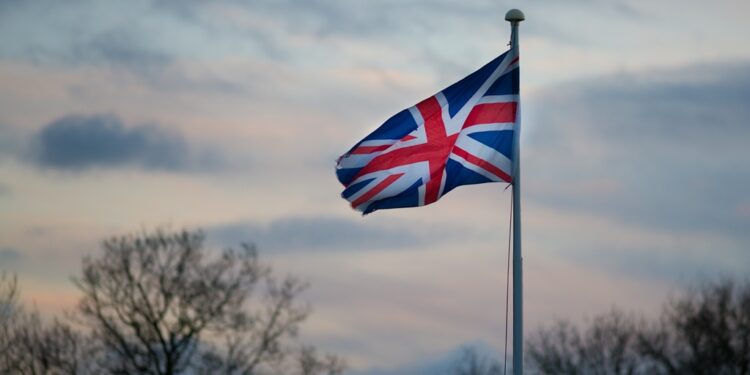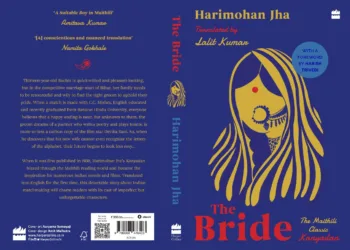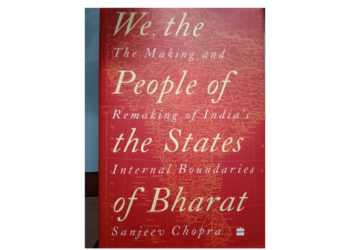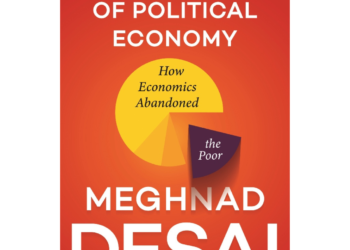INTO SUBMISSION
Thomas Manuel deserves rich praise for bringing together all the facts, factlets and factoids about opium that served the interests of the Raj
BY DR SANJEEV CHOPRA
Opium Inc: How A Global Drug Trade Funded the British Empire by Thomas Manuel (HarperCollins) is a magnum opus, not just on opium, opiods and opiates but a meta narrative on how opium served the interests of the British Empire, even as it debilitated China and impoverished India—all in the name of ‘free trade’. It shows the linkages between opium, tea, cotton, slavery, indentured labour, the political economy of the empire and its colonial possessions.
The story starts in 1793, when the British launched an extravagant embassy on behalf of King George III: ostensibly to greet the Chinese Emperor on his 83rd birthday, but the real purpose was to open trade to restore the balance of payments which had gone haywire on account of British imports of Chinese tea. But, as ambassador Macartney refused to prostrate himself before the Emperor of the Middle Kingdom, all the presents— telescopes, cloaks, planetarium, swords, pistols and hot air balloons—came to naught.
The British tryst with tea had started with Portuguese Princess Catherine’s enthusiasm for this beverage a century earlier. To wit, “to the best of Queens, the best of herbs, we owe”. In fact, in its heyday, the tax on tea accounted for 10 percent of the Crown levies. To pay for this tea, the British forced opium down Chinese gullets at a time when this commodity was patently illegal. No wonder then that the East India Company (EIC) was described as “a drug cartel masquerading as a joint stock corporation, masquerading as a government”.
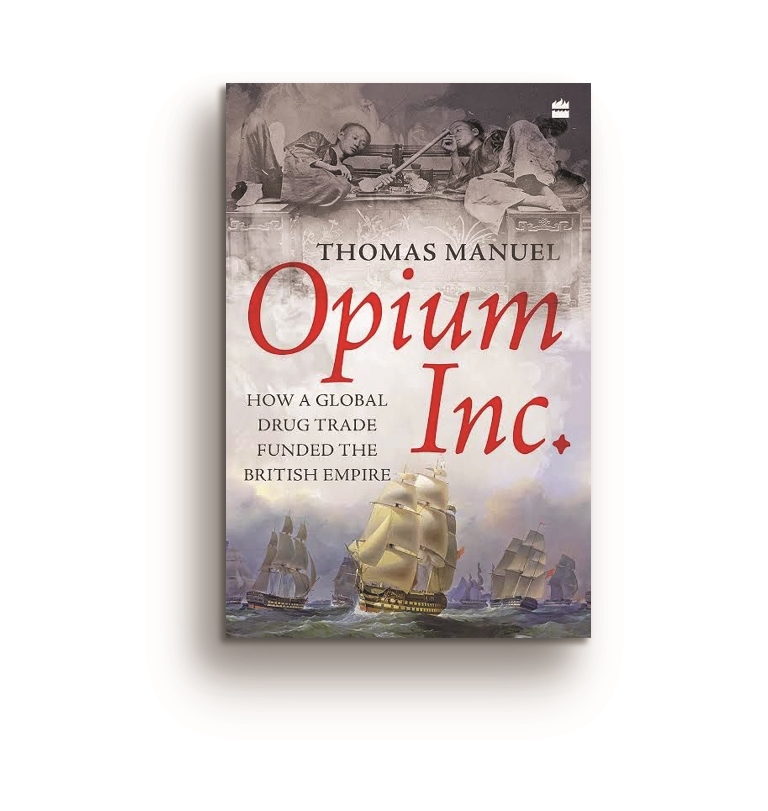
It is true that opium was not introduced to India by the British. We know from the testimony of Babur Nama that Babur was addicted to ma’jun—made of ganja leaves, milk, sugar, poppy seeds and other ingredients. Humayun, Akbar, Jahangir and Shah Jahan too were addicts or connoisseurs depending on how we look at this ingredient. The Mughals ensured that the cultivation was the “exclusive monopoly of the state”, and thus after the Battle of Plassey the EIC simply took over these rights. In 1797, Lord Cornwallis created an Opium Department under the Board of Revenue. It included the Benares Opium Agency with its factory at Ghazipur and the Patna Agency at Bankipore. For more than a hundred years, over two million farmers were compelled to grow opium at the most exploitative terms of trade—leading to the permanent impoverishment of the peasantry, windfall profits for exporters and massive revenues for the government.
While Calcutta in the Bengal Presidency took the lead in the trade, Bombay did not lag behind. But, unlike the opium department under the Bengal Presidency, the hinterland of the Bombay port—Gujarat, Maharashtra and Central India, colloquially referred to as Malwa— developed its own indigenous system of what in modern parlance can be called the ‘opium value chain’. Bombay became the centre of a major trading hub as it had traders from across the country— Marwaris, Parsis, Gujaratis and Konkani Muslims, in addition to the European factor. Thanks to the Malwa opium trade, the Bombay population trebled between 1836 and 1862 and exports from the city—the mainstay of which were opium and cotton—increased six times. The most famous opium merchant, Jamsetjee Jeejeebhoy (after whom the JJ Road and JJ institutions are named), received a
baronetcy, but other Parsis too were involved. While Dadabhai Naoroji declined to take any share of the profits of his firm that accrued from liquor and opium, the fact is that these were part of his trading portfolio. Incidentally, his firm had a Jain merchant from Malwa, Motichund Amichund, and a Konkani Muslim, Mohammed Ali Rogay, who was a ship-builder and owner. Then there was the famous family of Baghdad Jews: the Sassoons, whose patriarch, David, had a fine trade network in the Arabian Sea.
The city at the end of the rainbow was Canton, where all nationalities except Russians and Japanese were allowed to trade. However, no women were allowed, and so there was a flourishing sex trade on ‘flower boats’. The Hong merchants had developed a system under which they were collectively responsible for the debts of an individual merchant and also for lobbying collectively with the government authorities. This Canton Guarantee system became the inspiration for the first American deposit insurance statute—the Safety Fund Act of 1829.
The next decades are marked by the Opium Wars; the ostensible reasons given by the British for these wars were the “universal right to free trade, national dignity and the market for goods from their colonies”. The British press also built the popular narrative that the Chinese emperor was a pompous fool who rejected British manufactures out of short-sightedness and arrogance. Thus in 1842, China was forced to sign the humiliating treaty of Nanjing which led to the opening of four new ports, including Shanghai, as well as the annexation of Hong Kong. The second war was a longdrawn and protracted affair, which terminated in 1860 with the legalisation of opium.
Soon thereafter, public opinion in Britain shifted against the opium trade. Led by the Quakers, the Society for the Suppression of Opium Trade started in 1874 and two decades later convinced Prime Minister Gladstone to constitute a Royal Commission to look into the opium issue in its entirety. However, the committee was ‘fixed’ and except for one dissenting voice it endorsed the continuation of opium production.
The Indian National Congress (INC) too had an ambivalent approach to the issue, best captured by an editorial in The Hindu: “opium may be a great evil, but national bankruptcy is an even greater evil”. And the grand old man of Indian politics, the first Indian MP in the House of Commons, Dadabhai Naoroji, wrote, “This opium trade is a sin on England’s head, and a curse on India for her share in being the instrument.” In fact, it was not until 1924 that the INC passed its first resolution against opium but it was 11 years after the last shipment of Indian opium had been sent to China in 1913. Too little, and far too late!
The book then goes on to explain the organic linkages between opium, cotton, sugar and slavery. Britain’s thirst for tea to stave off the hunger pangs of the industrial workers led to a boom in the demand for sugar which together with cotton plantations drove the horrific Atlantic slave trade. After slavery was abolished, indentured labour was recruited on much the same terms—for even though they were technically free, their life was not much different from that of the slaves.
It is true that in the 17th and 18th centuries, poets and litterateurs took a fanciful and romantic view of this substance— perhaps because they had the luxury to indulge and engage and revel in it. “Ode on Indolence” by John Keats, Mary Shelley’s classic, Frankenstein, and “Kubla Khan” by S.T. Coleridge fall in this category. However, by the middle of the 19th century, the horrors of the addiction were clear and it was reflected in the writings of Oscar Wilde, Rudyard Kipling and Sherlock Holmes. In recent times, the Ibis Trilogy of Amitav Ghosh has dwelt on this theme in an extremely nuanced manner: while the drug destroys and degrades those that it sinks its claws into it also offers hope just past the horizon—because in the final essence, the human spirit cannot be crushed!
In all, this is an excellent book and Manuel deserves all praise for bringing together all the facts, factlets and factoids about opium through the ages.
The reviewer is a historian, public policy analyst, and Festival Director at the Valley of Words, Dehradun. Until recently, he was the Director of the Lal Bahadur Shastri National Academy of Administration, Mussoorie.


